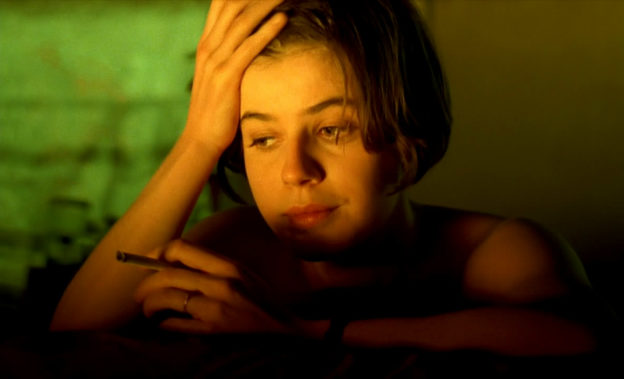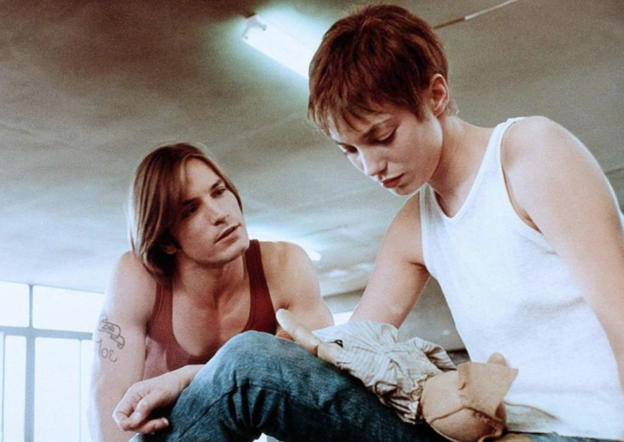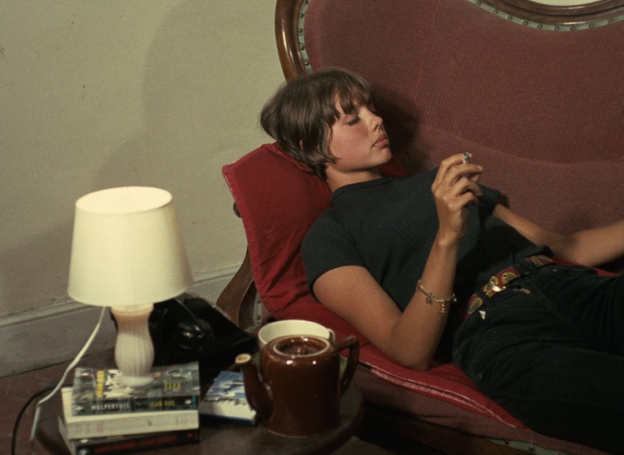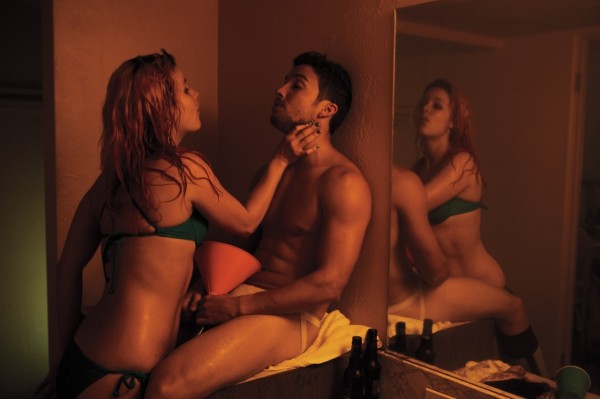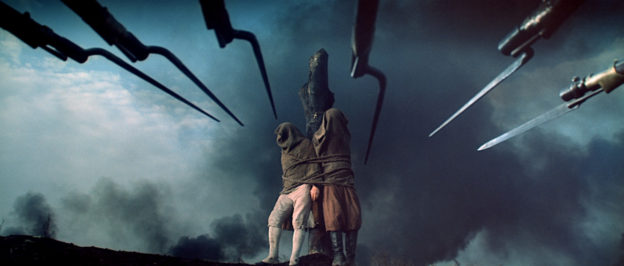Apart from being a distinguished artist, Kieslowski had a striking moral authority. Both in his private and public life, he was known as an honest and straightforward man… He was all opposites: his love for others was covered by an outer harshness. This was because he was afraid of lies in public life: he was very severe and refused to compromise… Everything about his life was “clean”—all was transparent. — Krzysztof Zanussi
The American Cinematheque’s SHORT SERIES ABOUT KRZYSZTOF KIEŚLOWSKI features a pair of double features and a Sunday triple-bill of the director’s valedictory TROIS COULEURS films.
The series opens with A SHORT FILM ABOUT LOVE and A SHORT FILM ABOUT KILLING—both 1988—the full-length versions of two of the filmmaker’s Decalogue episodes.


Friday night features a masterworks double bill: THE DOUBLE LIFE OF VÉRONIQUE (1991)—with Irène Jacob in a dual role—and BLIND CHANCE (1981), starring Bogusław Linda, and presented in its complete original form.
The series wraps on Sunday with the trilogy marathon BLUE (1993), WHITE (1994), and RED (1994), Kieślowski’s final features.


A SHORT FILM ABOUT LOVE and A SHORT FILM ABOUT KILLING
Thursday, September 5, at 7:30 pm.
THE DOUBLE LIFE OF VÉRONIQUE and BLIND CHANCE
Friday, September 6, at 7:30 pm.
Sunday, September 8, at 5 pm.
Egyptian Theatre
6712 Hollywood Boulevard, Los Angeles.

Krzysztof Kieślowski, from top: Irène Jacob in The Double Life of Véronique; Grażyna Szapołowska in A Short Film About Love; Mirosław Baka in A Short Film About Killing; Bogusław Linda (left) in Blind Chance; Juliette Binoche in Blue; Julie Delpy in White; Jacob in Red. Images courtesy and © the filmmaker’s estate, the artists, the photographers, and the distributors.


